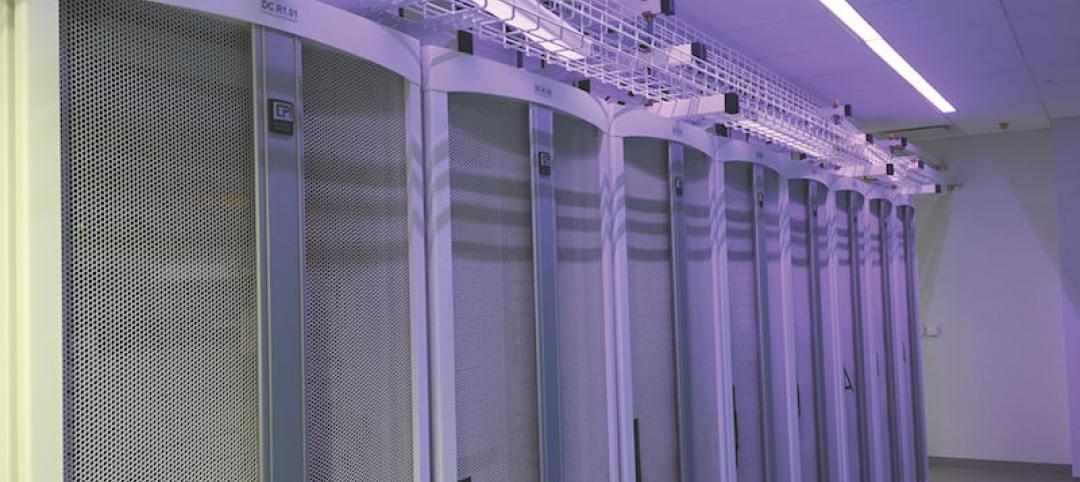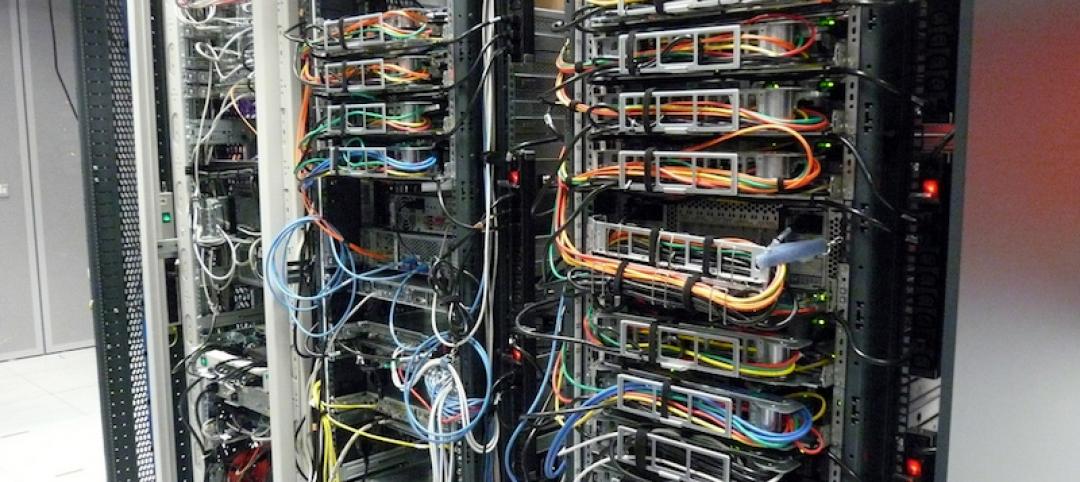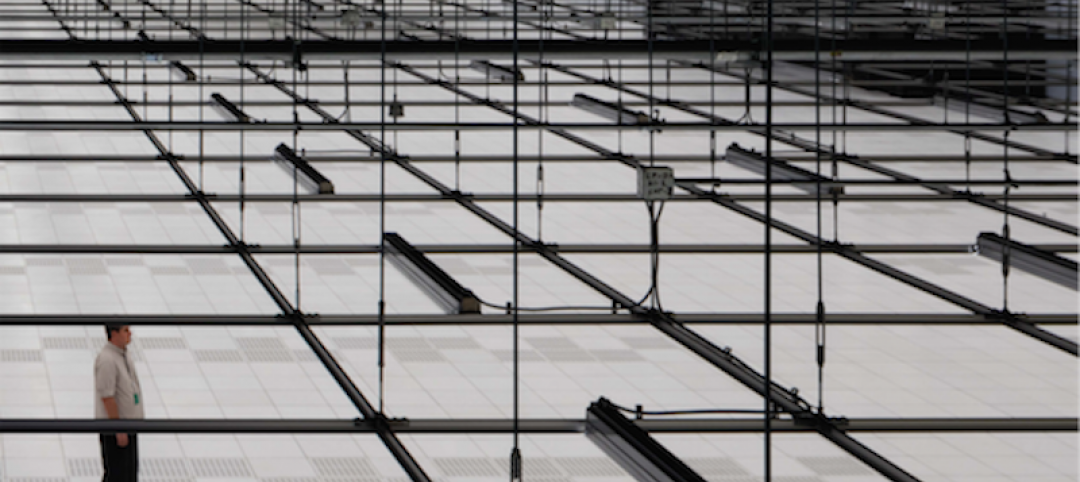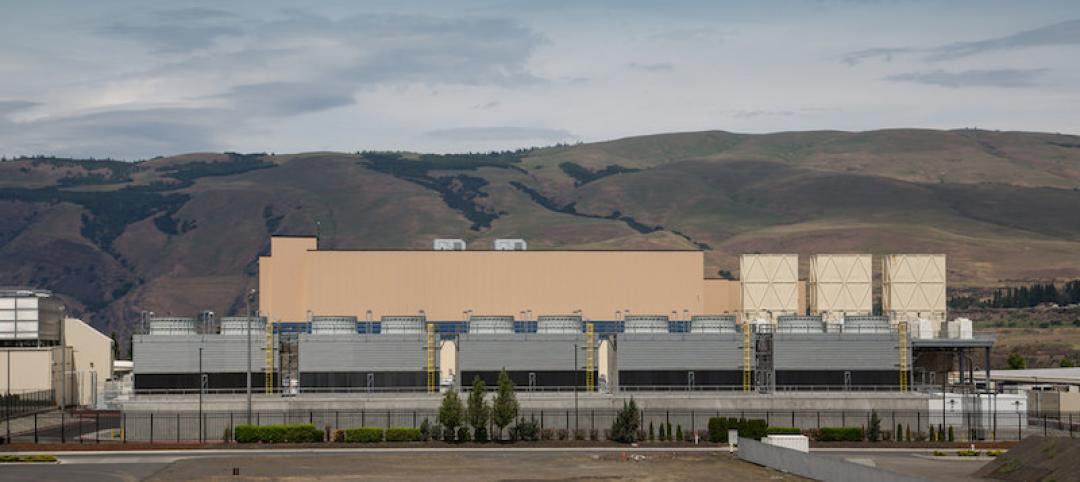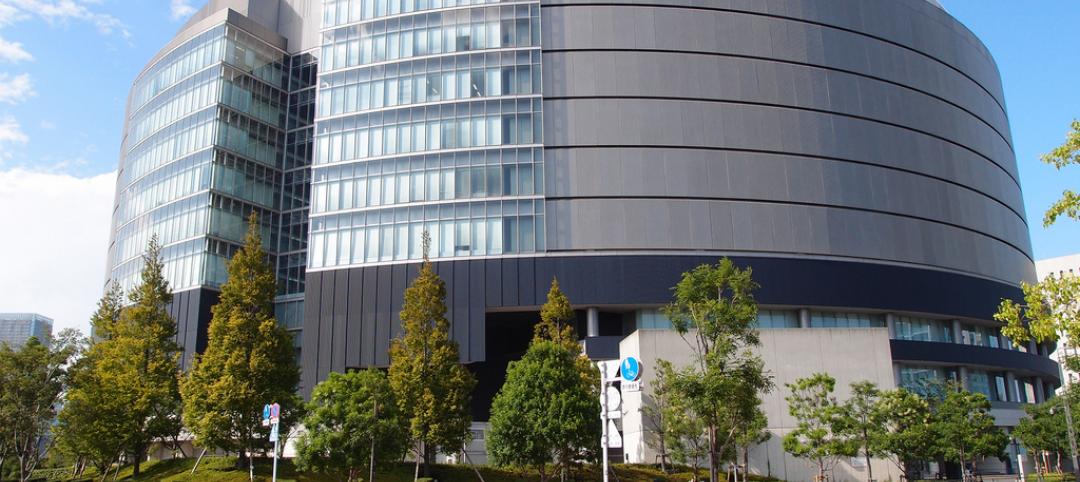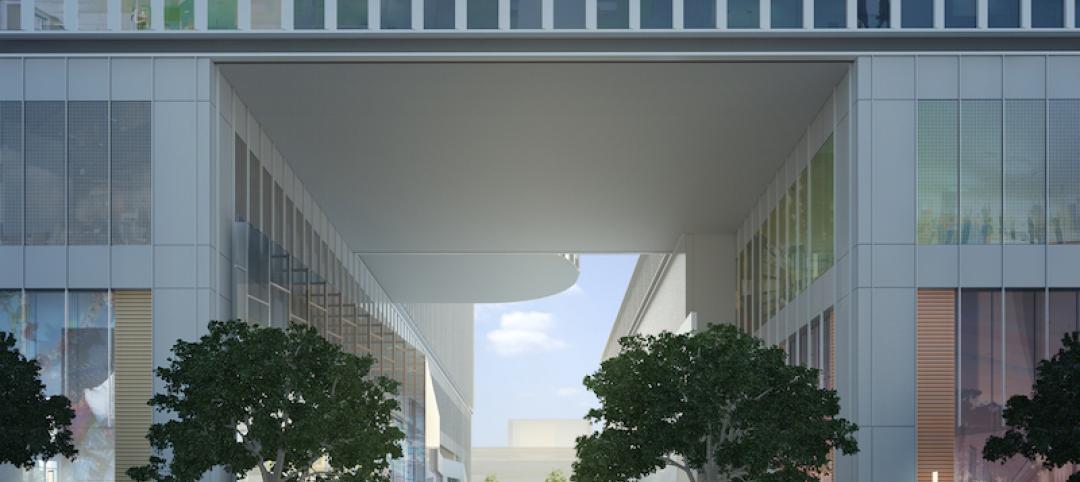Data centers are being built at a rate that could see the number of facilities double in the next decade. Their huge energy needs, left unaddressed, will pose a threat to the positive steps the built environment takes toward reducing its carbon footprint.
Toronto-based WZMH Architects has come up with a concept to harness “wasted energy” from data centers by diverting it to residences and commercial buildings that are located near the data center to form a direct current microgrid-based community.
The firm’s Innovation Lab has been conducting regular workshops on this topic with Ryerson University. And while WZMH hasn’t reached a proof-of-concept stage yet, “it wasn’t meant to,” says Zenon Radewych, a Principal with the firm. He believes, however, that it’s only a matter of time before a microgrid community is created.
“We’ve been living in a low-voltage DC [direct current] world for a long time,” he explains. The goal would be to build out the direct-current infrastructure and “push AC [alternating current] as far back as possible.” Radewych notes that DC is more compatible to green products like solar and wind, as well as to Internet of Things devices.
Here’s how the concept would work:
- Data center generators are tested monthly, but the energy from those tests isn’t used to support the facility’s electricity requirements, so it’s being wasted;
- Using DC microgrid technology and a battery storage system, the wasted energy from data centers could be harnessed to power nearby buildings;
- Buildings constructed around data centers would benefit from a free, reliable, and self-sustaining energy source. WZMH research estimates that in a data center with eight three-megawatt diesel generators that are tested for one hour per month, a DC microgrid can create energy equivalent to one day of power per week for a residential building with 125 units.
The microgrid—a localized network of electric loads and power sources—could function independently or in conjunction with a larger grid system. In WZMH’s concept, the microgrid would be an alternative power system in the building whose equipment could be energized by various energy-generating sources.
WZMH envisions the microgrid community with battery storage systems that, along with renewable energy sources and access to recycled energy from the data center, comprise the power plant for the co-located buildings within the community.
Radewych says that data centers have only scratched the surface when it comes to lowering their energy consumption. He also speculates that the data centers built nearer to residential and commercial properties would probably need to be constructed vertically because of land availability.
Related Stories
Data Centers | Oct 10, 2016
Data centers enter new era of innovation
AEC firms see opportunities as consultants for clients trying to figure out which data center solution works best for their IT, computing, and distribution needs.
Data Centers | Sep 26, 2016
Micro data centers keep IT departments connected to computing
Over the past two years, SmithGroup has been getting more requests from clients for micro data centers.
Data Centers | Sep 19, 2016
New ANSI/ASHRAE data center standard is performance-based, more flexible
The aim of the standard was to ‘not stifle innovation.’
| Aug 10, 2016
DATA CENTER GIANTS: Information overload is pushing the limits of mission-critical facilities
Streamlined design and delivery approaches for individual business enterprises and co-location facilities are being born out of the necessity to bring new capacity online as quickly as possible.
| Aug 10, 2016
Top 50 Data Center Engineering Firms
Vanderweil Engineers, Jacobs, and Syska Hennessy Group top Building Design+Construction’s annual ranking of the nation’s largest data center sector engineering and E/A firms, as reported in the 2016 Giants 300 Report.
Data Centers | Aug 10, 2016
Top 40 Data Center Construction Firms
The Whiting-Turner Contracting Co., Holder Construction Co., and DPR Construction top Building Design+Construction’s annual ranking of the nation’s largest data center sector construction and construction management firms, as reported in the 2016 Giants 300 Report.
| Aug 10, 2016
Top 30 Data Center Architecture Firms
Gensler, Corgan, and HDR top Building Design+Construction’s annual ranking of the nation’s largest data center sector architecture and A/E firms, as reported in the 2016 Giants 300 Report.
Mixed-Use | Apr 24, 2016
Atlanta’s Tech Square is establishing The ATL’s Midtown district as a premier innovation center
A much anticipated, Portman-developed tower project will include collaborative office spaces, a data center, and a retail plaza.
Data Centers | Apr 1, 2016
ASHRAE releases publication on the impact of IT equipment on data center design
The book offers advice for designing structures in the fast-changing data center industry.
Data Centers | Feb 1, 2016
Microsoft tests submersible data centers
The project, named Project Natick, featured a successful prototype trial run last summer.




